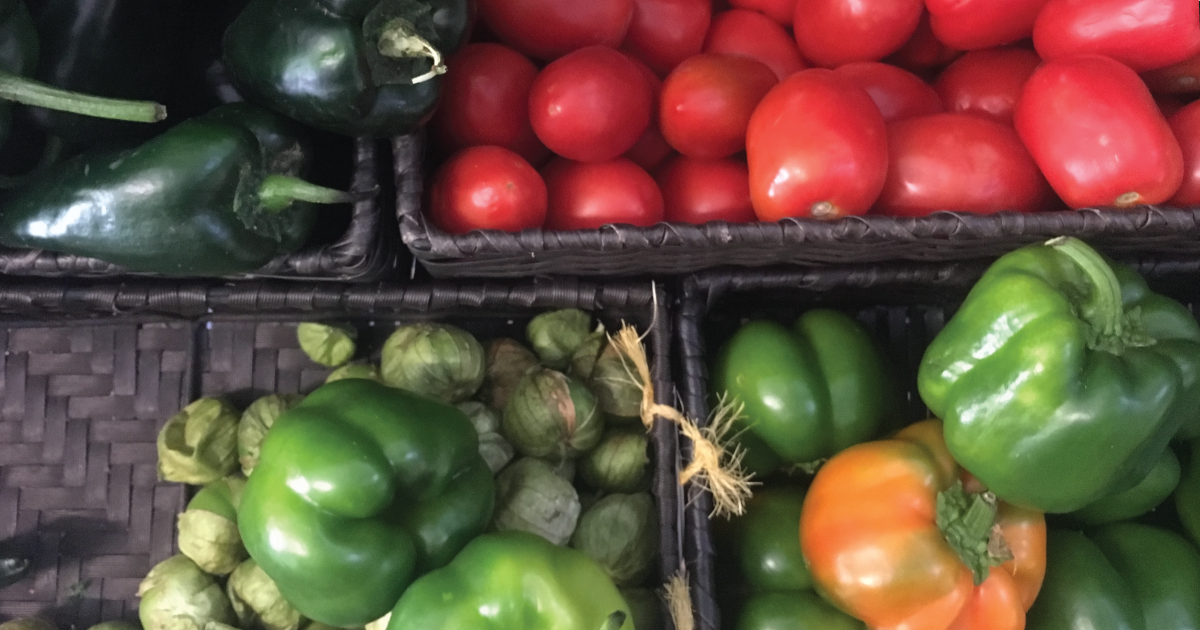
Regenerative Agriculture: 25 Things to Know Now
“Regenerative Agriculture” is a new buzz phrase—but those treating it as just another passing trend are seriously miscalculating. It’s not a marketing term—it’s a movement, and experts stress that it’s one we all need to get behind.
August 22, 2019 | Source: Whole Foods Magazine | by Maggie Jaqua
Not to be overly dramatic, but this article contains information that is critical to the future of humanity. Read on for need-to-know information that can benefit people, the planet…and your bottom line, too
“Regenerative Agriculture” is a new buzz phrase—but those treating it as just another passing trend are seriously miscalculating. It’s not a marketing term—it’s a movement, and experts stress that it’s one we all need to get behind.
“The fact that our soils are collapsing is what is driving our focus on regenerative agriculture,” says Bethany Davis, MegaFood director advocacy & gov’t relations. “We have 60 harvests, or fewer, left. Not only is our food less nutritious than it was 50 years ago, but we are destroying our soils at such a rate that we won’t be able to feed the world.” Davis is quick to point out that it’s not all doom and gloom, though. “The most important part of our message is that there is something we can do about it! The solution to climate change is right under our feet: the soil.”
